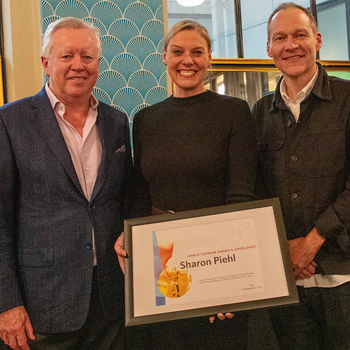Measurement – Making It Count
In the world of ‘PR,’ measurement or analytics remain elusive moving targets. Yes we all agree AVE’s are not the measure of PR. Really? How many of you still use these as a tool, justification to get the executive committee or C-Suite in your company to approve budget for ‘PR’ led activities for the next year? Don’t hang your head in shame because the truth is the majority of us still do. It’s not that we want to, no, but rather that because of whom we are talking to, we have to.
So just how do we move past this? How do we move to a more holistic approach that talks to how your business is perceived by those who matter to you? Forget Rand value per column centimetre, this is really what old school PR or reputation management is really all about.
At FH our measurement philosophy is centred on understanding the true value developed and delivered by public relations, with an integrated marketing measurement working across the Paid, Earned, Shared and Owned (PESO) platforms.
In order to effectively achieve this, you need to inculcate a model for effective measurement prior to commencing with any activity. The five key steps in the process are:
- Clearly define your goals. What is it that you are specifically trying to achieve? Improve reputation, create awareness, build enthusiasm, inspire advocacy or remain competitive?
- Set measurable objectives aligned with business outcomes that indicate both the desired change in metric and timeframe for desired change.
- Consider new models for measurement where ROI or Value is defined upfront. The model needs to be developed across four focus areas namely Exposure, Engagement, Influence and Action. Key to this is to then educate the business upfront on how this will roll-out.
- Set the key metrics and targets to be used against the business outcomes they are driving. These could include but not be limited to measuring sentiment in media coverage, reduction in misinformation being spread across media channel and percentage growth in sales.
- Gather and analyse data against your stated objectives. Take a holistic view when doing this by collating data across both the traditional and digital metrics.
It is important that this process remains fluid and that measurement takes place every step of the way. Do the unimaginable, engage, ask and continue to ask again and again just what your employees, clients, shareholders think of you. Use this to drive your conversation.
Then maybe, just maybe, you will be able to have an informed discussion with those who hold the purse strings on the impact of PR on the company.
Find Out More
-
Digital Insights Bulletin - October 2024
October 31, 2024
-
Sharon Piehl Wins 32nd Annual John D. Graham Award for Excellence
October 25, 2024
-
Digital Insights Bulletin - September 2024
September 30, 2024


